Post Contents
This is another post of our python programming language learning series. We, as one of the best python training institute in Laxmi Nagar Delhi, have expertise in python and today we will discuss the python decimal, number system, Random module and python math library. Let’s dive in it!
Python Decimal
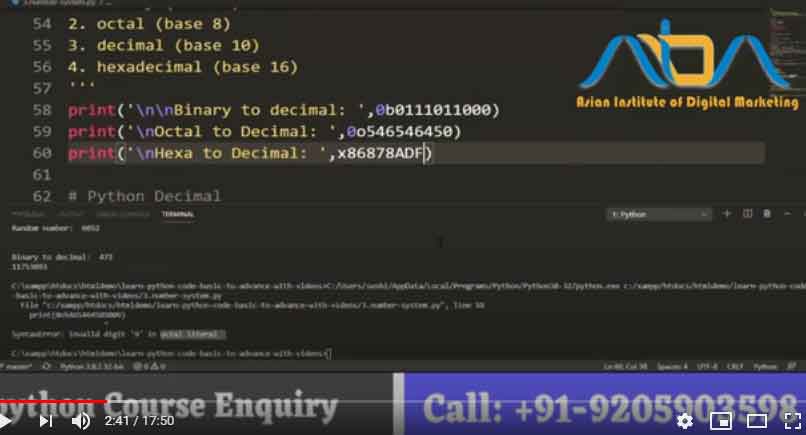
Python allows us to perform some amazing calculations. As par our mathematical rules, if we add 1.1 and 2.2 the result will be 3.33 but python code will show error in this.
Let’s see how it happens?
Things being what they are, floating-point numbers are actualized in computer hardware as binary fractions as the computer just gets binary (0 and 1). Because of this explanation, a large portion of the decimal fractions we know, can’t be precisely put away in our computer.
Let’s take an example: we can not define the actual value of a fraction 1/3 as a decimal number.because its value is 0.33333333 which ends at infinite and we can only approximate this kind of number.
It turns out the fraction, the decimal division 0.1 will bring about an infinitely long binary portion of 0.000110011001100110011… furthermore, our computer just stores a limited number of it.
It will be good if you learn Data Science course in Laxmi Nagar yourself by joining the Django training in delhi
This is just approximately 0.1, however never be equivalent. Consequently, it is the impediment of our computer hardware and not a mistake in Python. To defeat this issue, we can utilize the decimal module that accompanies Python. While floating-point numbers have exactness up to 15 decimal places, the decimal module has user-settable accuracy.
Youtube Video: Number system | random module | math library | decimal Part-1
Number system
Python programming supports whole numbers, floating-point numbers and complex numbers. They are characterized as int, float, and complex classes in Python.
Whole numbers and floating points are isolated by the nearness or nonappearance of a decimal point. For example, 5 is a whole number though 5.0 is a floating-point number.Complex numbers are written in the structure, x + yj, where x is the “real” part and y is the “imaginary” part.
We can utilize the “type” function to realize which class a variable or a worth has a place with and “isinstance” function to check in the event that it has a place with a specific class.
Youtube Video: Number system | random module | math library | decimal Part-2
Random module
We need the computer to pick a random number in a given range Pick a random component from a list, choose a random card from a deck, flip a coin and so forth. When creating your password database secure or running a random page highlight of your site.
Some random functions are listed below
Randint
It accepts two parameters, the lowest and & a high number. you can generate a random number between 1 to 5 but the first value should be less than the second.
Random Number
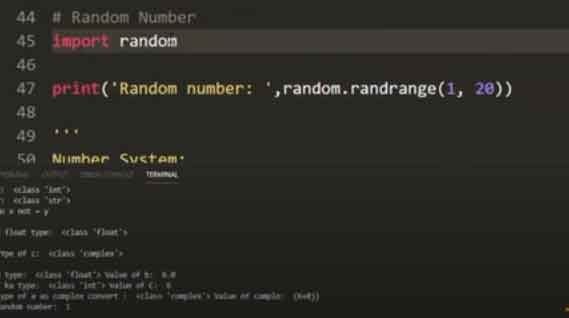
If you require a larger number, then prefer to multiply it by choosing any number between 0 to 100.
Choice
It allows you to choose a random value in the sequence.
Shuffle
This is the function which shuffles the elements in the list and arranges them in random order.
Randrange
It allows you to generate a random number from selected elements like Start, Stop, step.
Python Math Library
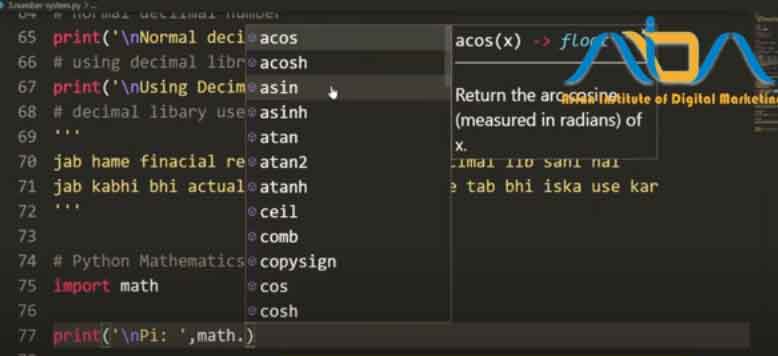
The Python Math Library allows us access to some basic mathematical functions and constants in Python, which we can utilize all through our code for perform complex numerical computations.
The library is a built-in Python module, in this way you don’t need to do any installation to use it. In this article, we will show model usage of the Python Math Library’s most regularly used functions and constants. This is just a piece of basic information about these specific topics if you want to explore these, you either watch our website and still, you feel hungry about the knowledge then you can join our best python course in Laxmi Nagar Delhi.
Recommended Blog for You:


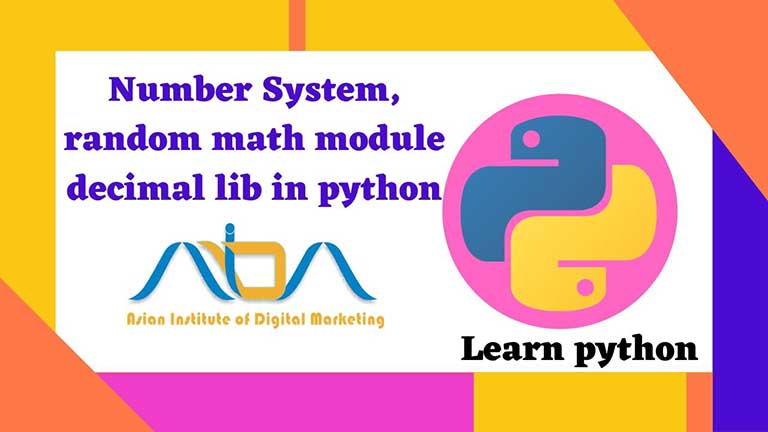


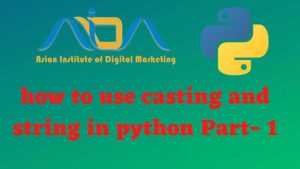

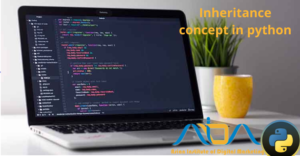

Pingback: How to use class in python classes and objectives